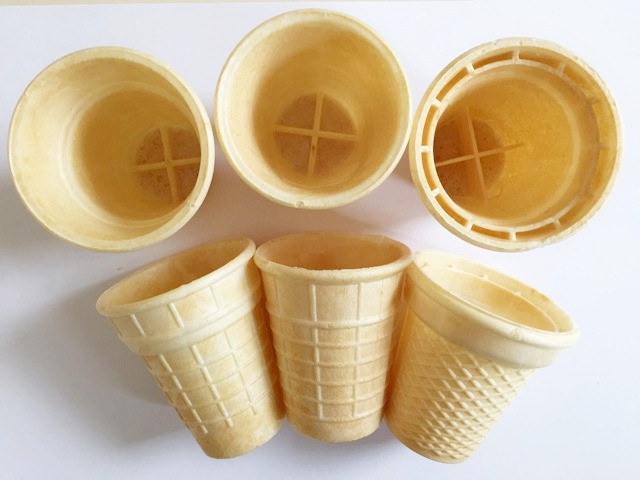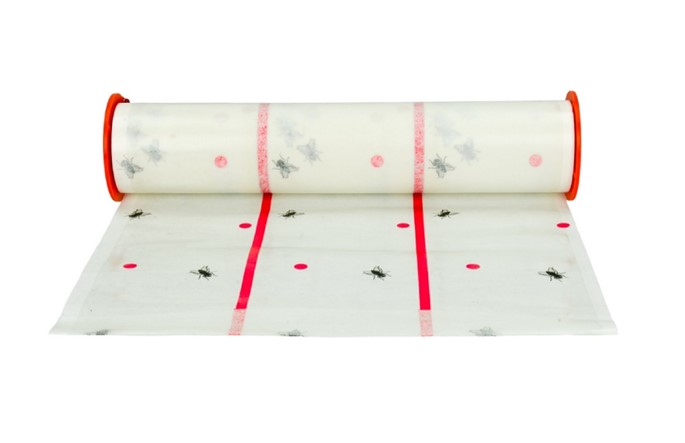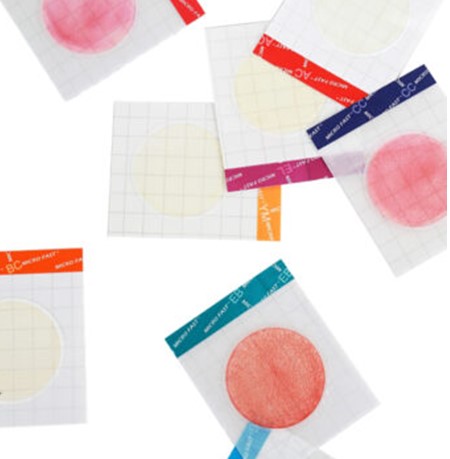"I wanted to perpetuate the memory of the heroes." A resident of Minsk about the creation of a flower garden in honor of WWII veterans
May 5, MINSK . If you drive past a stop on Kalinina Street in Minsk, then your eyes will surely catch on to a bright flower garden located next to one of the high-rise buildings. And if you come closer, you will see two commemorative plaques. The first one says that the flower garden was created in honor of the veterans of the Great Patriotic War who lived in the house number 18 on this street, and the second one says that the APPLE tree, still growing in the flower garden, was planted by the WWII veteran Savva Molokovich in 1960. Both the flower garden itself and the commemorative plaques appeared here thanks to the determination and interest of one of the residents of the house, Natalya Kuprevich. A BelTA correspondent talked to a woman and found out how she came up with the idea to create a flower garden in honor of veterans and what difficulties she faced while trying to preserve this corner of memory.
The opening of the information plate on May 4 was timed to coincide with the republican action "30 Days to Victory", dedicated to the Victory in the Great Patriotic War. As Natalya Kuprevich said, the idea of creating a flower garden was born in 2018. "My family had a tradition every year on Victory Day to lay flowers at the nearest mass grave. There are a lot of people who follow this tradition, but I wanted to somehow immortalize the memory of our heroes. Then I thought, why not do rockery in honor of veterans, in which something will bloom from the first day of spring until late autumn," she said.The first commemorative information plate was installed several years ago, but the enterprising woman continues to ennoble her favorite corner. “I managed to negotiate with the Minsk city branch of the NGO “Belarusian Peace Fund”, and they agreed to sponsor me. Soon a factory-made fence will be installed around the flower garden,” said Natalya Kuprevich.
She added that more than 130 species of plants now grow in the flower garden, including forget-me-nots, irises, ferns, chrysanthemums, lavender, quince and heather. “Last winter, the first plants bloomed on February 14. Of course, I plant those flowers and shrubs that can survive in extreme conditions, because not all of them like this place,” the woman admitted.
“This year, 4 lilac seedlings, bred in honor of the Victory in the Great Patriotic War, will bloom for the first time. They were presented to us by the Central Botanical Garden of the National Academy of Sciences of Belarus during the international patriotic campaign “Victory Lilacs” and the “Gardens of the World” initiative, - said Natalia Kuprevich.
She also noticed that most people support her initiative and admire the flower garden, and some come to take pictures as soon as the first plants bloom. "We exchanged contacts with a woman who lives nearby. She promised to bring me some plants when the summer season begins," Natalya Kuprevich added happily.
The woman jokingly called her flower garden international, but it actually grows flowers donated by foreigners. "Tourists from Poland saw the memorial stone and were very impressed, so they gave me hyacinths," she said.
But, according to Natalya Kuprevich, there are those who break bottles on a memorial stone or try to steal various plants. “There used to be a beautiful climbing rose in the flower garden, but one night an evil hand cut it out at the root. There are video cameras here, so I found out who did it and called the police, but since this flower garden officially does not belong to anyone, the violator got off with only last year, a woman saw my blooming primas from the window of a trolley bus and returned with a shovel to take them for herself. and they also had a conversation with her. Unfortunately, it is impossible to catch all the violators," Natalia Kuprevich noted.
With what responsibility a woman approaches the care of a flower garden, with the same zeal she collects new information about the veterans who lived in her house. According to Natalia Kuprevich, since the house was settled in 1958, more than 60 veterans of the Great Patriotic War of four nationalities have lived in it. Among them are regular officers and privates: tankers, infantrymen, a sapper, an anti-aircraft gunner, a sailor, military doctors, a cryptographer, a bomber navigator, aviation technicians, political officers, partisans, members of the Minsk underground, Leningrad blockade workers and home front workers. Nadezhda Timofeevna Tsvetkova, an underground worker from Minsk, lived in apartment No. 32, who escaped from Auschwitz and subsequently wrote the book "900 Days in Nazi Dungeons".
"I tried to count the awards of all our veterans, but the list turned out to be incomplete, because even today you can not find all the information about the lives of the heroes. For example, Vladimir Alekseev received the Order of the Red Star in the early days of the war, but I have not yet been able to find out for what feat", - said Natalya Kuprevich.
She noticed that one could write an interesting book about each of the veterans who lived in house number 18 on Kalinin Street. “By the way, books about some of our veterans already exist. For example, the famous Russian writer Vladimir Sotnikov created a novel about the life of his father, veteran Mikhail Sotnikov, who once lived in this house,” the woman added.
In 2022, Natalya Kuprevich submitted the project "In Memory of Veterans of the Great Patriotic War at house No. 18 on Kalinin Street in Minsk" to the republican competition of creative works of the National Academy of Sciences of Belarus dedicated to the Year of Historical Memory. The project included a description of the life and combat path of WWII veterans with photographs and document attachments, as well as a description of the flower garden. As a result, the project was awarded a diploma of the III degree in the nomination "The Great Patriotic War in the memory of my family".
Of course, the war also affected the relatives of Natalya Kuprevich herself. "My mother's two brothers died in the war. The younger brother served as a tanker in the Brest Fortress, but he drove an experimental tank, which was taken out of there so that the Germans would not get it, so my brother survived that time. Later he was badly wounded. He was sent to treatmentto one of the Moscow hospitals, where he met a girl who looked after him. They fell in love and soon got married. But when the mother’s younger brother recovered, he asked to return to his unit and then died during the fierce battles in Kerch,” Natalya Kuprevich shared her family history. She added that after the death of her mother’s brother, his daughter was born, who made a lot of efforts, to find out where he died, but could not find any traces.
"The older brother died in the winter during the battles for Leningrad. In the spring, his father found the body of his son. Now he is buried in a mass grave in Tikhvin," the woman added.
According to Natalya Kuprevich, her mother was involved in the construction of defensive structures around Leningrad. "After the war, she finished her studies in Leningrad and was sent to Belarus . Mom said that they did not have any days off and holidays. All their free days they were engaged in sorting out the rubble," the woman shared her memories.
She admitted that their apple tree was going to be cut down several times already. “I said that this can’t be done, because it was planted by a veteran. This spring I defended the apple tree, but if I wasn’t there, it would have been cut down right away. This is another reason why a memorial sign was erected near the apple tree. Now it will be necessary ask for permission to cut it down," Natalya Kuprevich noted.
In her opinion, the apple blossom symbolizes the inextricable link between generations and sincere gratitude to the people who gave their children and grandchildren the Great Victory, the opportunity to live in peace, work, and raise children. She hopes that the new generation of residents of the house will keep the memory of the veterans, keep the flower garden in order and arrange new plantings to continue the life of this place.
BELTA.
Photos provided by Natalya Kuprevich



























































